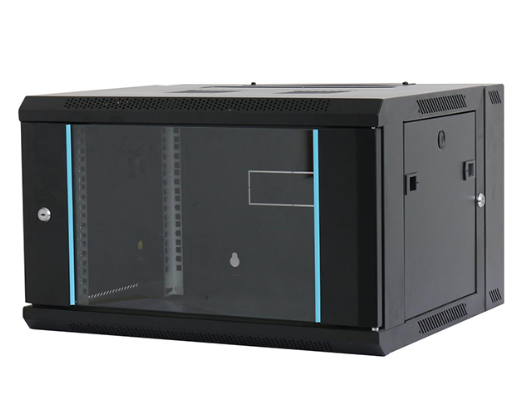News
Site Editor
 Site
https://leonetworkgroup.usa18.wondercdn.com/uploads/image/5fe152faa587d.png
Testing for electric cables in walls is an important part of home improvement or repair work. It is crucial to identify the location of any electrical cables as it can prevent accidents such as electrical shocks or fires. In this article, we will explore different methods for testing for electric cables in walls.Method 1: Using a Stud FinderStud finders are widely available at hardware stores and
Site
https://leonetworkgroup.usa18.wondercdn.com/uploads/image/5fe152faa587d.png
Testing for electric cables in walls is an important part of home improvement or repair work. It is crucial to identify the location of any electrical cables as it can prevent accidents such as electrical shocks or fires. In this article, we will explore different methods for testing for electric cables in walls.Method 1: Using a Stud FinderStud finders are widely available at hardware stores and
How To Test For Electric Cables In Walls
Views: 574
Author: Site Editor
Publish Time: 2023-07-10
Origin: Site
Testing for electric cables in walls is an important part of home improvement or repair work. It is crucial to identify the location of any electrical cables as it can prevent accidents such as electrical shocks or fires. In this article, we will explore different methods for testing for electric cables in walls.
Method 1: Using a Stud Finder
Stud finders are widely available at hardware stores and are commonly used to locate the framing members (studs) within walls. Most modern stud finders also have the capability to detect electrical wiring within the wall. Place the stud finder flat against the wall and move it slowly to locate the edges of the studs. Once you have found the center of the stud, slide the stud finder over the width of the stud while keeping the machine level and let it beep or indicate the presence of wires.
Method 2: Inspect Electrical Outlets
Another way to locate electrical cables is by inspecting the electrical outlets in the room. Turn off the power supply to the outlet you want to examine by switching off the circuit breaker or removing the fuse. Unscrew the faceplate of the outlet and expose the electrical wires connected to it. Ensure your body is not in contact with the outlet or wires while conducting this step. If the electrical cables are not visible, use a flashlight to look inside the electrical box behind the outlet. With the power off and before touching the wires, test the wires using a voltage tester to confirm they are not active.
Method 3: Thermal Imaging
Thermal imaging cameras can identify hot spots that show up where electrical wires are located within walls. Using thermal imaging technology to perform a quick scan of your walls provides a visual representation of any hot spots present on the wall. This tool is commonly used by professionals in the home improvement or electrical industry.
Method 4: Cutting Test Holes
For an accurate and reliable test, cutting test holes in the wall may be necessary. This method may not be appropriate for all situations, since it involves opening up the drywall or plaster to expose the wires. Ensure that appropriate safety precautions are taken if you choose to cut test holes, such as turning off the power supply and consulting with a professional if necessary.
In conclusion, testing for electric cables in walls is necessary when performing improvement or repair work. Using a stud finder, inspecting electrical outlets, thermal imaging cameras and cutting test holes are all suitable methods to detect cables. Be sure to take necessary precautions and seek professional guidance when needed to ensure safety and accuracy.
If you want to know more about industrial network cabinet,china fiber optic splice closure,china fiber optic distribution box,please consult the fiber optic splice closure factory









